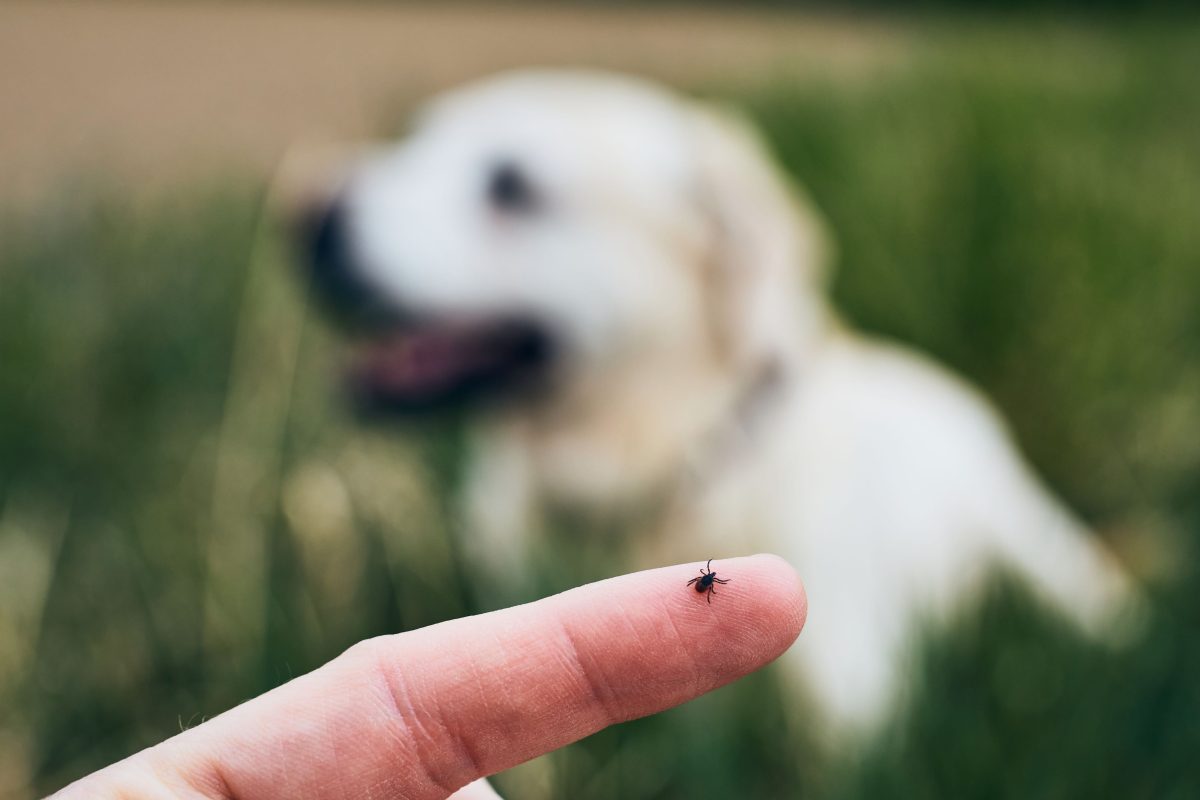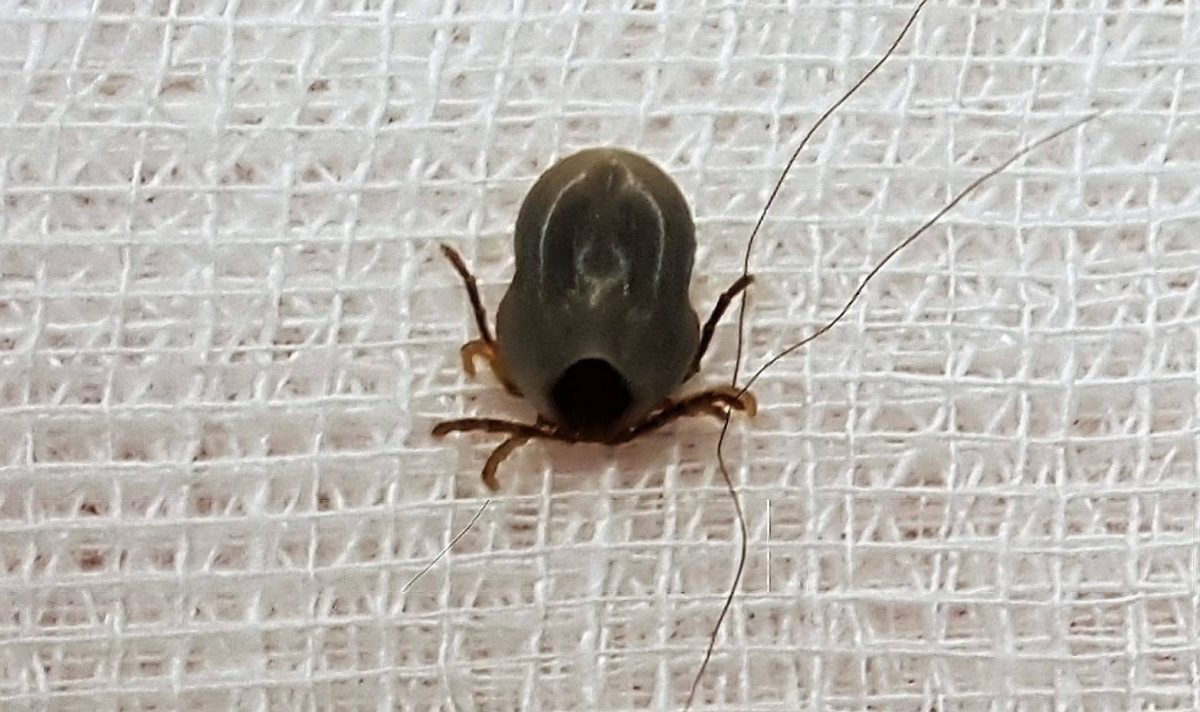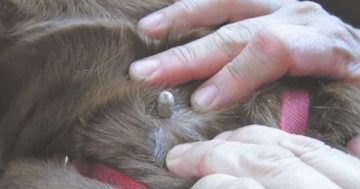
Ticks aren’t just a risk to coastal pets – they are found in every region across the country. Photo: Chalabala.
The Australian Paralysis Tick is a nasty little critter.
Their presence has always been significant in coastal areas, but numbers across the Canberra region and in surrounding NSW have boomed in recent years. The usual ‘tick season’ has also extended as the warmer weather lasts longer.
Announcing tick danger levels in the state as ‘extreme’ this summer, Animal Welfare League NSW said the number of animals being brought to local vets with tick paralysis was alarming.
“While our local vets work hard to save these animals, it requires intensive care for many days, and sadly, not all animals will survive,” the organisation said.
“Please make sure that their tick protection is up to date and if the pack says every four weeks, repeat in 28 days. Our vets are seeing many cases that fall into (a two to three day) window without protection.”
Treatment of tick paralysis can cost upwards of $10,000 for severe cases. The most effective way to protect your pets is with year-round, species-specific parasite prevention from a reputable brand such as Bravecto, NexGard, Simparica or Frontline.
It is crucial to check your pet’s body thoroughly for ticks every day, even if parasite-prevention products have been applied, especially after an outing. Ticks feel like lumps or bumps on your pet’s skin.
To check for ticks:
- Remove your pet’s collar and any other accessories that could get in the way of your search.
- Starting at the nose, run your fingertips through their coat slowly, checking every nook and cranny all the way to the tail.
- Most ticks attach to the head, neck or chest, but they can be found anywhere. Pay special attention to the areas around the eyes, ears, mouth, armpits, skin folds, toes and paw pads, tail base and groin.
- Work your way back again from tail to nose.
Other prevention tips include avoiding tick-friendly habitats such as long grass or undergrowth, avoiding contact with native wildlife, and keeping your pet’s fur well groomed.

Tick paralysis kills one in 10 affected pets, making it the deadliest preventable veterinary disease in Australia. Photo: Canberra Veterinary Emergency Services.
There are several symptoms associated with tick paralysis. In the early stages, it can manifest as reduced appetite with or without vomiting, low energy, a change in barking or meowing volume or pitch, and dry eyes caused by an inability to blink.
As the condition advances, your pet may pant, grunt, cough, or wheeze, and its heart rate may change. Drooling can also occur as swallowing becomes more difficult.
Late-stage tick paralysis causes ‘wobbly’ hind legs, and the animal will probably be reluctant to move, stand or walk. Eventually, it will be unable to breathe, swallow or even keep a steady pulse on its own.
If your pet starts to display any of these symptoms, even if you have applied parasite-prevention products, search for and remove any ticks immediately and contact your vet as soon as possible.
If you do find a tick on your pet, wear gloves and avoid squeezing the tick’s body when you remove it – tweezers or a tick remover tool can help here. Then, put the tick in a secure container and bring it to the vet for identification.
Don’t stop searching if you find one as multiple ticks can feed on your pet at the same time.
“Although they’re more prevalent on the coast, it’s good practice to be vigilant at home in Canberra too, as there have been some isolated incidences of tick paralysis in our city over the last few years,” Michelle Robertson, CEO of RSPCA ACT, says.
“As the saying goes, prevention is better than cure. There are many reliable preventative medications available, including spot-on treatments, chewable tablets, and tick collars.
“Cats can be just as affected as dogs, so don’t forget to check your feline friends, too!”













